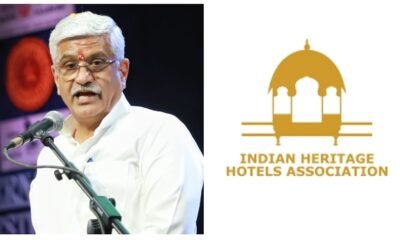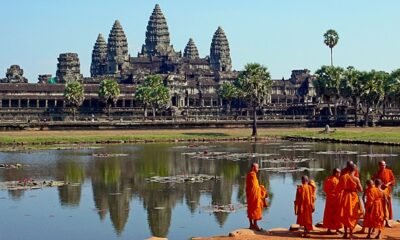Asia Travel Pulse
Hanoi’s Tourism Revival: Innovative Experiences And Cultural Journeys Reshape Travel In 2025
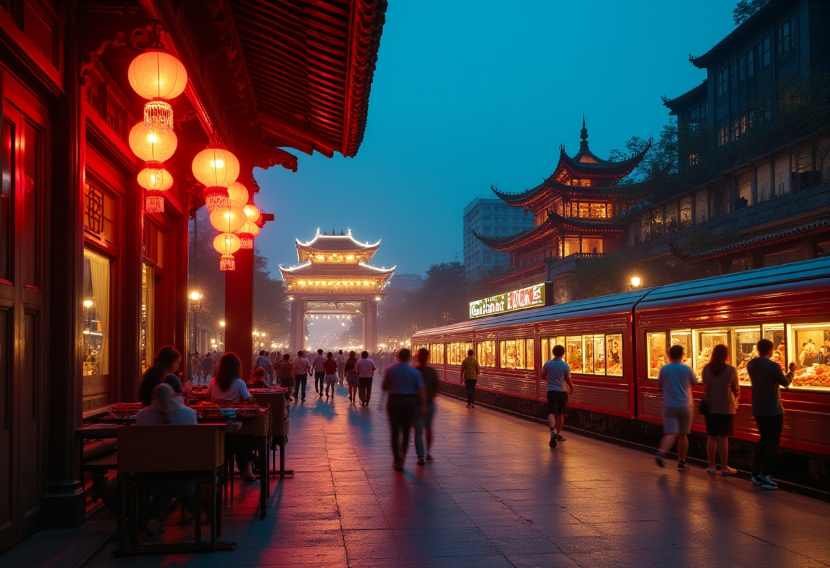
Friday, July 18, 2025
Dark clouds loomed over all of South-east Asia but Hanoi was having a tourism renaissance in 2025
Hanoi, the frantic capital of Vietnam, is in the midst of a tourist boom in 2025, with millions of visitors bringing it back on par with the world’s hotspots. Recovering from pandemic-induced disruption and global uncertainty, today’s city emerges stronger than before. Hanoi received nearly 15.6 million visitors in the first six months of 2019, up 11.8 percent against the same period last year. Tourism has shown particularly strong growth, with close to 2.8m people visiting in June alone, including a 21.4% rise in foreign arrivals.
The city’s renaissance is indicativey not simply of a rebound but of a intended metamorphosis in how Hanoi thinks about tourism. Hanoi is experiencing “a golden time” of tourism, as local tourism officials have increased resources on attracting and ensuring satisfaction for tourists. New and exciting tourism products have led to the repositioning of the capital as a leading destination in the region.
A Shift Toward High-Value Tourism
The city’s tourism recovery isn’t just a numbers game as tourism moves toward being less volume and more value driven. Hanoi has increasingly been courting longer-stay, deeper-pocketed travellers seeking a more immersive cultural experience. Thus it is no surprise that the city has become increasingly visitor-friendly, with an ever-increasing number of travel-oriented offerings that appeal to not only visitors from around the globe, but also local tourists who are looking for experiential activities.
One of the biggest changes to Hanoi’s tourism is an increased focus on quality over quantity. It’s now about the city attracting clientele not just interested in ticking the boxes of the well-trodden sites, but in exploring the architecture of history, culture and local experience that the city offers. The approach has been a success for Hanoi in terms of attracting tourists by the numbers without competing at the lowest rungs of quality and price of the regional tourism market, tourism authorities say.
Tourism New Products and Cultural Routes of Signature
The 2025 image of Hanoi’s tourism is refreshed with more attractive new products. A big draw is a slate of 20 signature night tours that hope to animate the city’s history and cultural riches after dark. Among these are stunners such as The Trấn Vũ Bell at Quán Thánh Temple, which channels the sacredness of the old Thăng Long Imperial Citadel. Visitors will also be able to discover two special cultural routes – the Southern Thăng Long Heritage Path and the The Path of Confucianism – which will take visitors through a corridor of villages, pagodas and relics relating to the capital city’s tradition of learning and producing scholars.
One focus is on the regeneration of creative spaces in the city. At districts like Trúc Bạch Subsidy Street and the Heritage Echoes 6 tour (on trams), new services are being added to meet the tastes of young travelers, who primarily prefer exploring their own way rather than visiting traditional historical sites,” said Đặng. The Ethnic Dao Herbal Village Discovery in Ba Vì is also fresh on the shelves, letting holidaymakers discover the natural wonders of the locality and try their hand at local customs.
Inter-Provincial Tour and Luxury Train Travel
Hanoi Eyeing Inter-provincial Tourism More than cultural and artistic programs, the capital city is also boosting inter-provincial tourism. New river tours on the Red River and the Đuống River link the capital to outlying provinces such as Hưng Yên, Bắc Ninh and Hải Phòng. These tours are meant to give you, the traveler, a greater sense of Northern Vietnam’s history and culture.
Changes in cultural train travel: It was the combination of luxury train services like the S Journey and the Hoa Phượng Đỏ train (linking Hanoi with Hải Phòng) that has allowed the cultural train travel in the country entering the next step. These trains provide tourists to explore the region in style, in addition to getting all the high-end facilities and services.
Festivals and International Promotion
Hanoi’s cultural calendar is also full of a good variety of events, making it even more inviting for its visitors. The Hanoi Tourism Festival at Thăng Long Imperial Citadel, the Beverage Festival at Thống Nhất Park, and the Third Hanoi Autumn Festival were also part of the tourist attractions in early October. Other festivals like Long Dress Tourism Festival and Gastronomy and Handicraft Tourism Festival are an excellent chance for travelers to get an insight of the deep cultural and culinary roots of the city.
Hanoi has joined in key international tourism fairs to expand its tourism market to the rest of the world. It is this approach which is leading the capital to promote and scale up the tourism programs which are scheduled to be carried out at upcoming fairs such as ITE HCM City, the Osaka Expo within the Japanese market, ITB India in Mumbai, and IFTM Top Resa in France, aimed at attracting tourists to Hanoi from the source markets.
Ad opted to Digital Tourism and Smart Measures
Hanoi is also becoming digital tourism city. In line with this evolution, the city is adopting an e-ticketing system in the main heritage attractions like the Temple of Literature, the Hồ Chí Minh Mausoleum and at leading museums. This project is intended to improve the visitor experience and reduce queues and sales service operations at the sites.
The city is also investigating trends like sustainable tourism, film tourism, and AI-based personalization to augment the travel experience. These digital approaches do not only have the ambition of making Hanoi’s tourism infrastructure more effective, but also that its offerings are brought in line with global trends in the travel industry.
Meanwhile, individual travel companies in Hanoi has quickly adapted to the trend in the travel industry. Promotions on lodging, entertainment, and gastronomy are part of these new tours introduced by the Hanoi Tourism Corporation. City tours, cycling tours, night tours, and food culture tours have been renewed for long-term domestic and overseas visitors.
A notable one dedicated to the National Day is the “Back to Roots” travel series of Capetour Club, which was aimed to promote the country’s core values in the Vietnamese ancient capital, and to help people understand more about the country’s national identity and its historical “roots”. Besides, the Vietnam Railway Corporation has launched the Five Gateways Express train, which is set to offer a new experience in convenience and service for visitors to the region.
Conclusion:
A Rosy Future for Hanoi Tourism Profiles Throughout the paper some profiles of trainspotters appear that look for sociological references in the search of the values that society attributes to trainspotters, who has no relation with those obsessionals character profiles that in a moment we released that these profile would be a specific of diagnosis for obsessionals.
The Hanoi tourism industry has been remarkable in 2025, not merely overcoming the challenges of the pandemic, but also asserting its title as a destination with vision and creativity. Focused on cultural diversity, tailor-made experiences and sustainable tourism, the attitude is changing rapidly, however, the city, like its people, is embracing the new without the fear of losing its original identity. With its diverse tourism products, efforts in international promotion, and emphasis on quality, it is certain that Hanoi city will continue to be one of Asia’s most attractive destinations in the next years.
Source : asianews.network
Asia Travel Pulse
Agoda maps Asia’s appetite for culinary tourism, as hoteliers savor the benefits
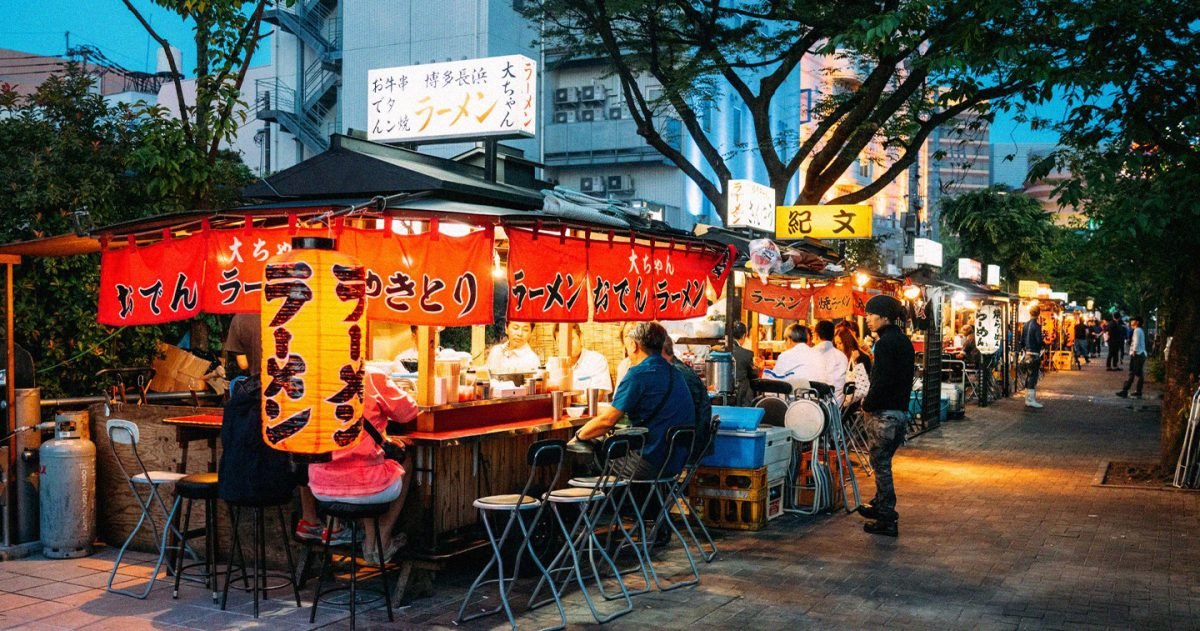
SINGAPORE – Asia’s love affair with food has officially gone global, and the hospitality industry is poised to reap the rewards. According to new insights from digital travel platform Agoda, food-focused tourism is rapidly shaping travel decisions across the region, offering hoteliers new opportunities to elevate guest experiences and build stronger connections with travelers.
Between June and July 2025, food and drink activities ranked among the top five categories searched by Asian travelers, alongside tours and immersive experiences. Japan emerged as the most sought-after culinary destination, followed by Thailand, Vietnam, Indonesia, and Malaysia. These findings signal a growing demand for journeys that go beyond sightseeing, with travelers seeking authentic dining experiences that connect them more deeply to place and culture.
Interestingly, the appetite for food-centric travel is not limited to international visitors. Japanese travelers themselves are driving this trend, with domestic searches for local culinary adventures as strong as interest in neighboring destinations such as Thailand, South Korea, Vietnam, Hong Kong, and Taiwan. Macao and Hong Kong, in particular, have surfaced as cross-market favorites for travelers from Japan, Taiwan, Thailand, and South Korea – underscoring the appeal of diverse regional cuisines.
Agoda’s latest Top Foodie Destinations survey reinforces this growing phenomenon: nearly half of respondents from South Korea, Taiwan, Thailand, Japan, and Malaysia said food was their primary reason for travel. This signals a shift in priorities, with gastronomy emerging as a decisive factor in trip planning.
Andrew Smith, Senior Vice President, Supply at Agoda, commented, “Living in Thailand, I often see firsthand how food shapes travel experiences and its growing influence on how travelers are planning their journeys. Travelers are becoming more adventurous with their palates, seeking destinations celebrated for their food culture. Our search data shows that culinary experiences are now a top priority for many guests, and we encourage our hotel partners to embrace this trend whether by spotlighting local dining options, collaborating with nearby restaurants or curating unique food experiences for their guests.”
Hotels looking to stand out can do so by investing in on-site dining concepts that highlight regional flavors or by designing signature dishes that tell a culinary story. Beyond property walls, partnerships with local restaurants, family-owned eateries, and street food vendors can offer guests an authentic taste of the destination while strengthening ties with the community.
To further personalize the experience, properties can provide hyper-local dining guides, facilitate seamless table reservations through apps or concierge services, and even adapt recommendations based on guest feedback or dietary preferences. These thoughtful touches not only enrich the stay but also foster repeat visits.
The timing couldn’t be more favorable. The latter half of 2025 is set to feature a string of high-profile food festivals and industry events across Asia, drawing global attention to the region’s thriving culinary scene. Agoda encourages hoteliers to leverage their proximity to these celebrations, positioning their properties as gateways for travelers eager to explore the latest in gastronomy.
With a global network of over 6 million holiday properties, 130,000 flight routes, and more than 300,000 activities, Agoda continues to support its partners with data-driven insights, technology, and reach to capitalize on this growing appetite for food-inspired travel.
Asia Travel Pulse
New travel rules for Asia including Singapore, Laos and Bali | The Canberra Times
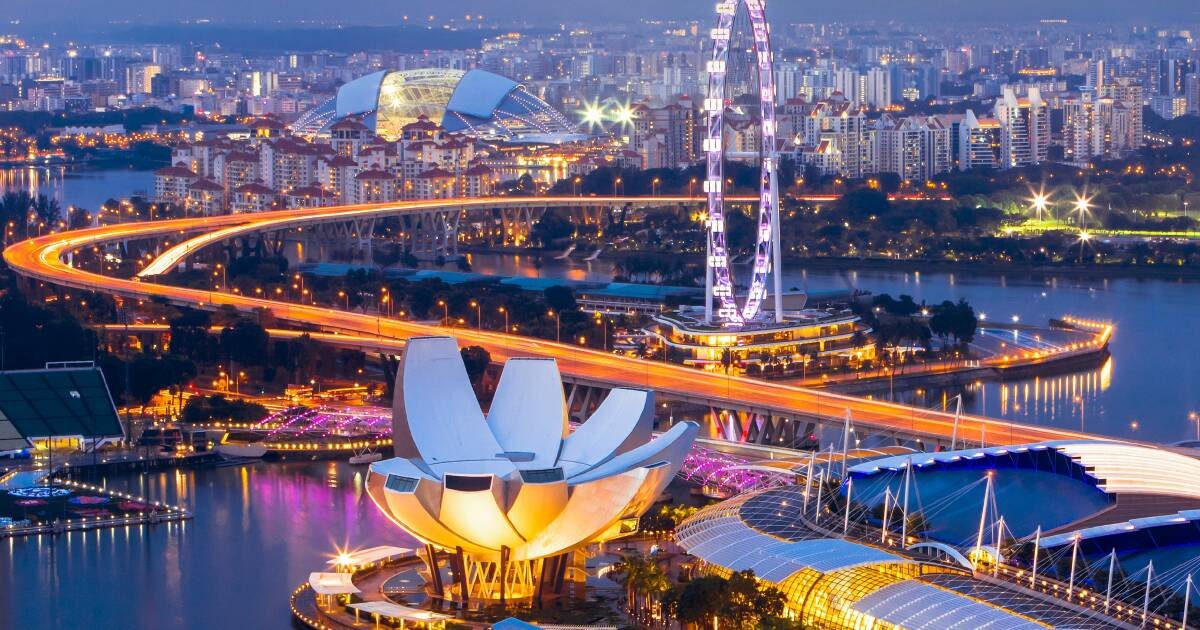
My all-time favourite destination is … Cornwall. From the giant seagulls to the blustery beaches, Cornish pasties and fishing villages, it stirs something romantic and seafaring in me.
Next on my bucket list is … Mongolia. I want to go somewhere really unique that feels totally foreign and challenges my way of life.
My top travel tip is … Don’t plan too much. Walk the streets and let it happen. And make sure you check out what’s within a few blocks of your hotel – sometimes the best local food is found that way.
Asia Travel Pulse
Culinary Tourism Becomes The Main Trend Of Traveling In Asia, Indonesia Enters The Top Five Most Interested
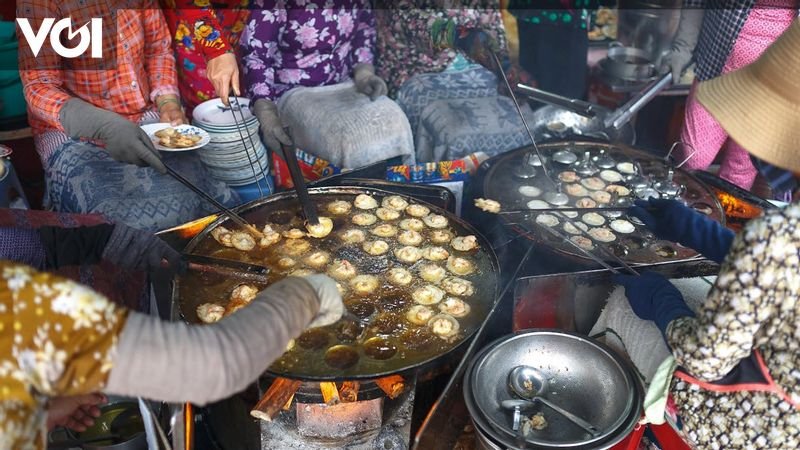
JAKARTA – Culinary tourism is the main magnet for tourists to travel in Asia. In the latest list of Agoda digital travel platforms, there are several destinations that are most in demand for the experience of eating and tasting local flavors in Asia.
Based on this data, Japan occupies the top spot for culinary tourism in Asia, during the search period from June to July 2025. Quoted from Travel Daily News, on Tuesday, September 2, 2025, Thailand took second place on the list, followed by Vietnam, Indonesia, and Malaysia.
The five countries dominate the search for tourists who make food and drinks the main focus on their journey. This opens up strategic opportunities for hotels to stand out in the market, through collaboration with local restaurants or street food providers that are famous for increasing tourist visits.
“Tourists are now more daring in exploring flavors and actively looking for destinations known for their culinary cultural wealth,” said Vice President for Supply at Agoda Andrew Smith.
Not only that, tourists from Japan are also one of the most active in looking for culinary experiences. Both domestically and in neighboring countries such as Thailand, South Korea, Vietnam, Hong Kong, and Taiwan.
The trend of tourists who increasingly prioritize culinary in traveling is a signal for hotels, restaurants, and street vendors to continue to develop their products to satisfy the end.
“We encourage hotel partners to take advantage of this trend by highlighting local places to eat, working with local restaurants or providing curated culinary experiences specifically for guests,” he added.
This is expected to attract global culinary lovers to travel to Asia. Thus, it will strengthen Asia’s position as a global gastronomy tourism center in the future.
The English, Chinese, Japanese, Arabic, and French versions are automatically generated by the AI. So there may still be inaccuracies in translating, please always see Indonesian as our main language.
(system supported by DigitalSiber.id)
-

 Brand Stories1 month ago
Brand Stories1 month agoBloom Hotels: A Modern Vision of Hospitality Redefining Travel
-

 Brand Stories1 month ago
Brand Stories1 month agoCheQin.ai sets a new standard for hotel booking with its AI capabilities: empowering travellers to bargain, choose the best, and book with clarity.
-

 Destinations & Things To Do1 month ago
Destinations & Things To Do1 month agoThis Hidden Beach in India Glows at Night-But Only in One Secret Season
-

 Destinations & Things To Do1 month ago
Destinations & Things To Do1 month agoUntouched Destinations: Stunning Hidden Gems You Must Visit
-

 AI in Travel1 month ago
AI in Travel1 month agoAI Travel Revolution: Must-Have Guide to the Best Experience
-

 Family Travel2 months ago
Family Travel2 months agoThings to Do Indoors in New Jersey
-

 Ways to Travel2 months ago
Ways to Travel2 months agoNCT Dream embarks on time-travel adventure in 5th album 'Go Back to the Future' – ABS-CBN
-

 Restaurants & Food5 months ago
Restaurants & Food5 months ago10 New Restaurants In Delhi NCR To Head To This Month
-

 Brand Stories2 months ago
Brand Stories2 months agoVoice AI Startup ElevenLabs Plans to Add Hubs Around the World
-

 Brand Stories1 month ago
Brand Stories1 month agoContactless Hospitality: Why Remote Management Technology Is Key to Seamless Guest Experiences

